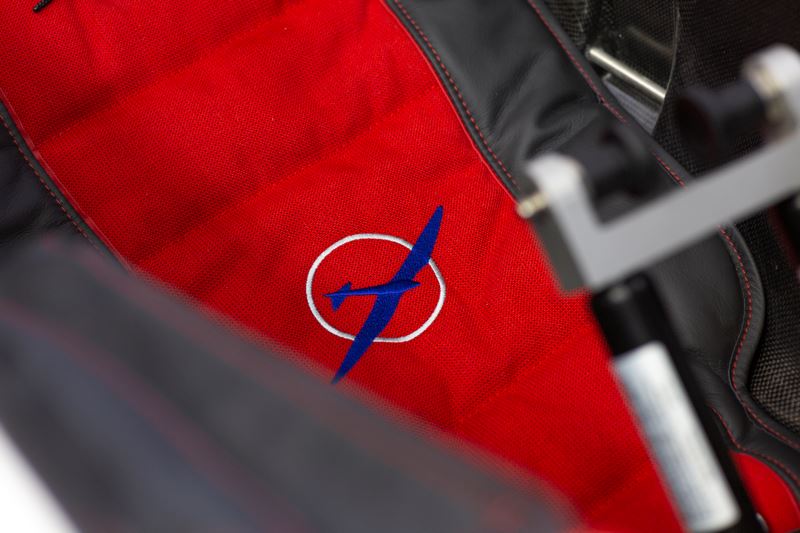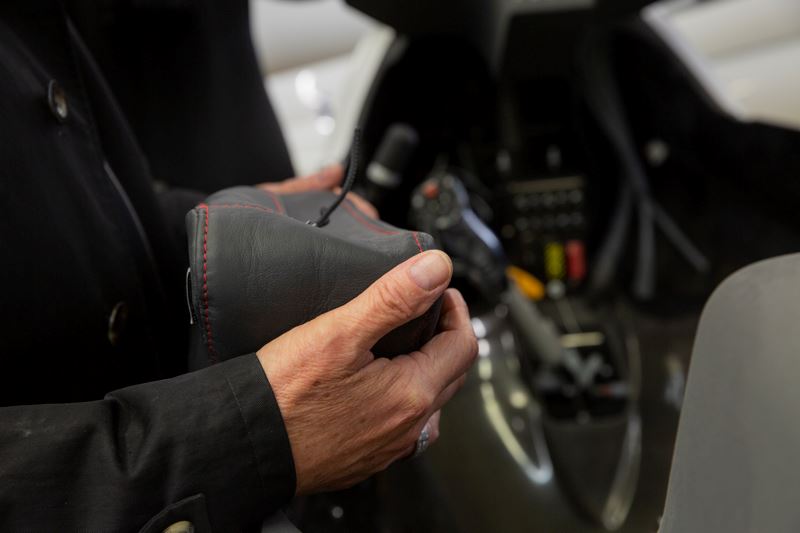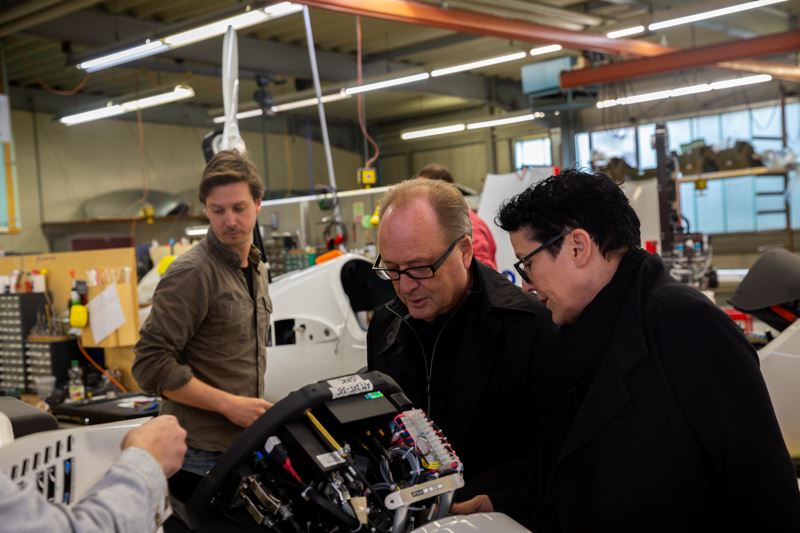Schempp-Hirth
The family-run company was founded in Göppingen in 1935 and has been based in Kirchheim/Teck since 1937. Its early bestsellers include the legendary Minimoa with its characteristic bent wings. It can still be seen at air shows to this very day – and is still the centrepiece of the company’s logo.
Today Schempp-Hirth makes high-performance sailplanes that win top places in competitions all over the world. Approximately 100 specialists laminate, assemble, polish and finish a maximum of 100 aircraft per year, entirely by hand.
www.schempp-hirth.com
Ottenwälder und Ottenwälder
Founded in 1991, the eight-strong team led by Petra Kurz-Ottenwälder and Max Ottenwälder addresses a broad spectrum of projects in the field of industrial design, including complex machinery for the packaging industry and the medical technology sector. Their portfolio also includes lighting, charging stations and toothbrushes.
www.ottenwaelder.de
 Words: Armin Scharf I Photos: Florin Betz
Words: Armin Scharf I Photos: Florin Betz 




